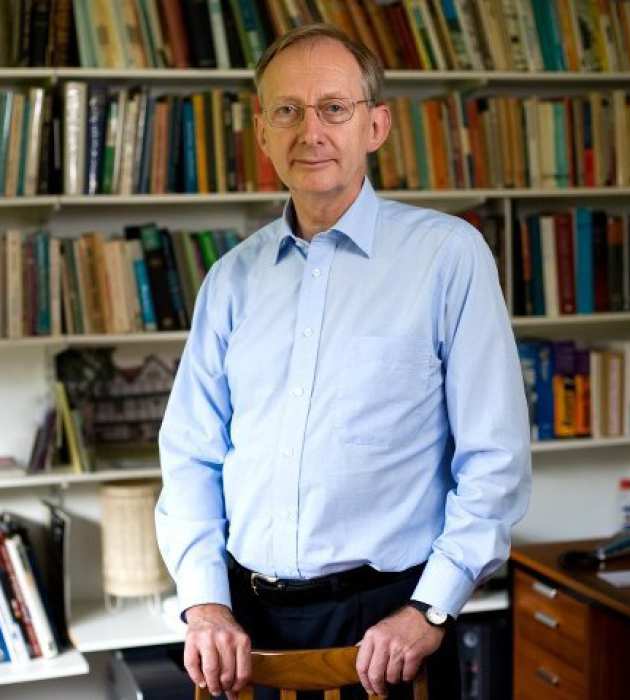Related departments and groups
 Metamaterials deliver electromagnetic properties not available in natural materials. Transformation optics, originally developed by Prof John Pendry, replaces the ray picture of Snell's law with the field lines of Maxwell's equations and is an exact description of classical optics. Pendry's research has introduced a new paradigm to electromagnetic studies, impacting the electromagnetic spectrum from static fields to optical frequencies.
Metamaterials deliver electromagnetic properties not available in natural materials. Transformation optics, originally developed by Prof John Pendry, replaces the ray picture of Snell's law with the field lines of Maxwell's equations and is an exact description of classical optics. Pendry's research has introduced a new paradigm to electromagnetic studies, impacting the electromagnetic spectrum from static fields to optical frequencies.
The impact of metamaterials is widespread with almost every major organisation concerned with electromagnetism showing interest in this field. In the last 5 years there has been great involvement of industry and particularly of the defence establishment in the USA who run several multi mullion dollar programs on metamaterials based at DARPA, WPAFB and Sandia.
The wide functionality of metamaterials is now filtering through into commercial products. Key highlights are summarised below:
- KYMETA Corporation was formed with $12M in investment funding from Bill Gates, Lux Capital and cable company Liberty Global. By using metamaterials, they are developing portable antennae that will create an unbroken broadband link to whatever device is carrying the device, be it a boat, plane or laptop. It will provide an instant Internet hotspot anywhere in the world, allowing cheap and fast Internet connections. Kymeta expects to have its first products commercially available in 2015. It has already attracted significant interest in its industry including development contracts from leading satellite service providers.
- Pendry's techniques have been used by BAE Systems in various applications including cloaking where frequency dependent absorption & filtering built into a structure is useful; in antennas, making antennas much more compact with increased directionality for use in small unmanned aerial vehicles, and to work at very low frequencies, for example in submarines. A further area of application for BAE which is being considered is in counter IED blast protection, with metamaterials structures potentially being able to divert a blast wave around an object.
The research was most famously was used to design a cloak of invisibility in 2006 which was rapidly translated, using metamaterials, into an experimental realisation.
The research was funded from numerous sources including EPSRC, the Leverhulme Trust, DSTL, the European Commission, AFOSR and Kodak.
In the news
- Invisibility Cloak - BBC News
- Bill Gates Invests In Intellectual Ventures - Forbes
- Kymeta Raises $50M To Upend Satellite Antenna Business - Xconomy
Support us
Help us continue our work by donating to the College and directing your donation to the Faculty of Natural Sciences.